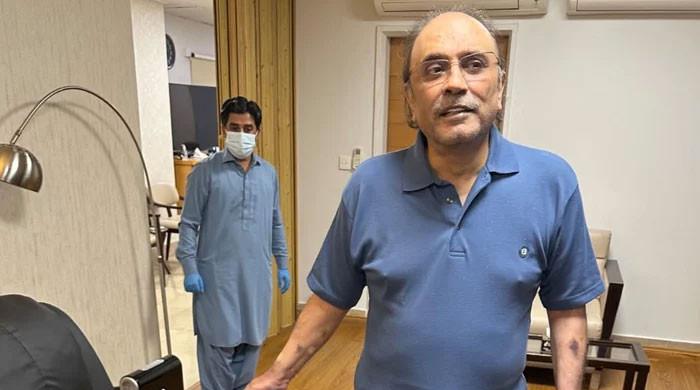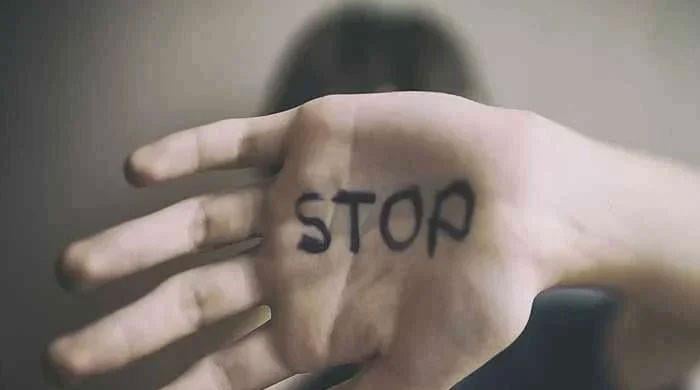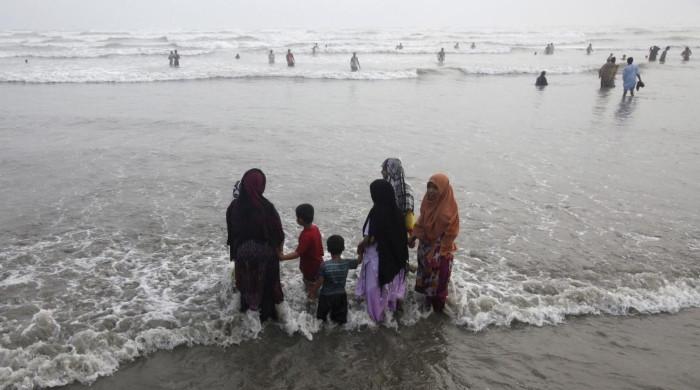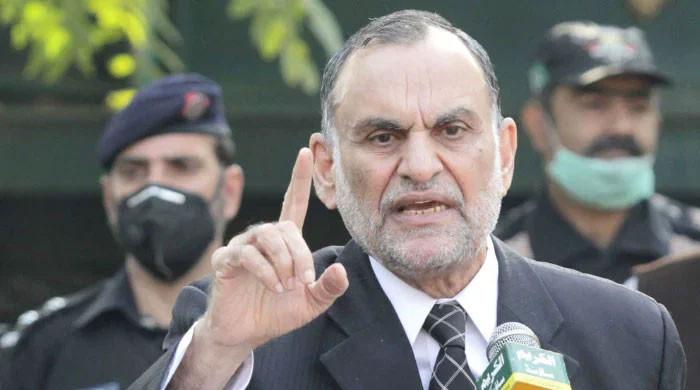13 children test positive for HIV in Larkana
Children testing positive for HIV are aged between four months and eight years
April 25, 2019
LARKANA: Thirteen children have tested positive for human immunodeficiency viruses (HIV) in Larkana’s Ratodero district.
Pathologist Dr Abdul Hazeef who heads the Peoples Primary Health Initiative in Jacobabad revealed to Geo News that in the last month the blood samples of 16 children for HIV testing were sent to PPHI Sindh Laboratory.
“Thirteen of the sixteen children have tested positive for HIV. The children are between the ages of four months and eight years,” Dr Abdul Hafeez said.
Dr Hazeef added that a detailed report would be sent to the Director General (DG) Health after further tests are carried out.
In-charge of the Aids Control Programme in Sindh Dr Sikander Memon has informed Geo News that tests for the HIV positive children and their parents would be retaken immediately.
“Often these laboratories use kits from China which have a tendency to give false positive results. To verify these results we will use the World Health Organisation (WHO) recommend kits. If there is an issue then we will know about it today or tomorrow,” Dr Memon said.
According to an estimation by Dr Memon, there were over 100,000 HIV positive people in Sindh, however, the Aids Control Programme has only 10,350 registered patients who are provided treatment.
“There isn’t a shortage of medicine and under the programme, specific groups are given preference," Dr Memon said.
Larkana continues to top the list of districts most affected by HIV in Sindh with the number of AIDS patients in Larkana rising to more than 2,400.
AIDS claimed a million lives in 2016, almost half the 2005 toll that marked the peak of the deadly epidemic, according to a UN report published on July 20, 2017.
Experts warned, however, that much of the progress can be undone by growing resistance to HIV drugs.
Unless something is done, drug-resistant virus strains may infect an extra 105,000 people and kill 135,000 over the next five years, and boost treatment costs by $650 million (560 million euros), said the World Health Organization (WHO).
The report said AIDS-related deaths have fallen from 1.9 million in 2005 to one million in 2016, adding that "for the first time the scales have tipped."
The year 2016 saw 1.8 million new infections, almost half the record number of some 3.5 million in 1997, said UNAIDS.
In total, 76.1 million people have been infected with HIV, the virus that causes AIDS, since the epidemic started in the 1980s. Some 35 million have died.
As yet, there is no HIV vaccine or cure, and infected people rely on lifelong anti-retroviral therapy to stop the virus replicating.
Without treatment, HIV-infected people go on to develop AIDS, a syndrome that weakens the immune system and leaves the body exposed to opportunistic infections such as tuberculosis, and some types of cancer.
Treatment carries side effects and is costly, but allows infected people to be healthier for longer.











